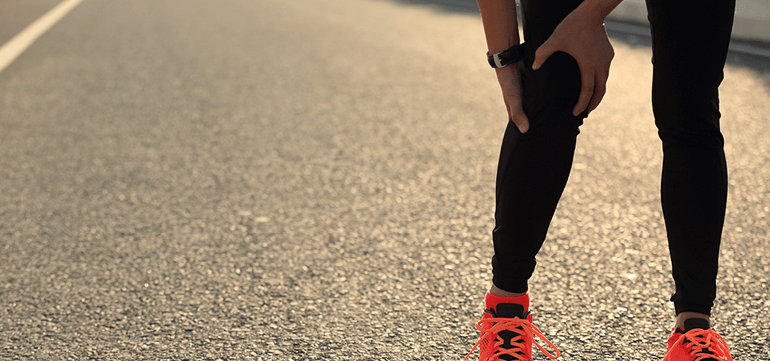Sprains and strains are common injuries often used interchangeably but with different types of injuries. In a basketball game, it has been a typical scenario to see a player trying to make a much needed lay-up shot only to be blocked by an opponent that will cause them to land on each other, usually crushing the other player’s leg. When a young turk working out in a gym for the first time would start doing the bench press, arm curls, crunches, and bent-over rowing — all without consulting his trainer or instructor, he would most likely have a sore feeling all over his body after the workout.
In the first scenario, the player with the crushed leg may suffer from leg sprain such as ankle or knee sprain. Ankle sprain is the most common basketball injury which often occurs when a player lands on another player’s foot or the ankle rolls too far outward.
Sprain is a stretching or tearing of ligaments or joint capsules that connect one bone to another in order to stabilize joints and prevent excessive movement. More often, sprains occur when a joint is forced from its normal range of motion, by rapid changes in direction or by a collision. Common locations for sprains are your ankles, wrists and knees. On the other hand, the newbie gym buff may suffer from muscle or tendon strain for overdoing his work out program.
A strain is a stretching or tearing of muscle which often occurs when muscles suddenly and powerfully contract — or when a muscle stretches unusually far. This is called an acute strain. Overuse of certain muscles can lead to a chronic strain. The most common strains are hamstring and back injuries. Some people commonly call muscle strains “pulled” muscles.
Muscle relaxants work quite well for relieving muscle pain due to injuries, but are not effective for other types of pain. Muscle relaxants do not heal the injuries, but they do relax muscles and help ease discomfort and stop muscle spasms.
Since sprains and strains vary in severity, its treatment depends on the severity of the injury. To treat sprain, keep the joint still by a short period of immobilization so the ligaments can heal. Then try some special exercises to strengthen the muscles that help hold your ankle in place. If your muscles and ligaments are not strong enough to prevent re-injury, you might need surgery to repair the damage and restore its function.
For a strain, seek medical help immediately if the area quickly becomes swollen and is intensely painful, or if you suspect a ruptured muscle or broken bone. Mild sprains and strains usually heal quickly with rest, ice, compression, and elevation (R.I.C.E.). Another key to speedy recovery is an early evaluation by a medical professional. Once the injury has been determined, a treatment plan can be developed. With proper care, most sprains and strains will heal without long-term side effects.
Oftentimes, self-care measures and over-the-counter pain medications, such as muscle relaxants, are all that you’ll need. Muscle relaxants are usually prescribed along with rest, exercise, physical therapy, or other treatments. Although the drugs may provide relief, they should never be considered a substitute for these other forms of treatment. These drugs may make the injury feel so much better that one is tempted to go back to normal activity, but doing too much too soon can actually make the injury worse.







Be First to Comment